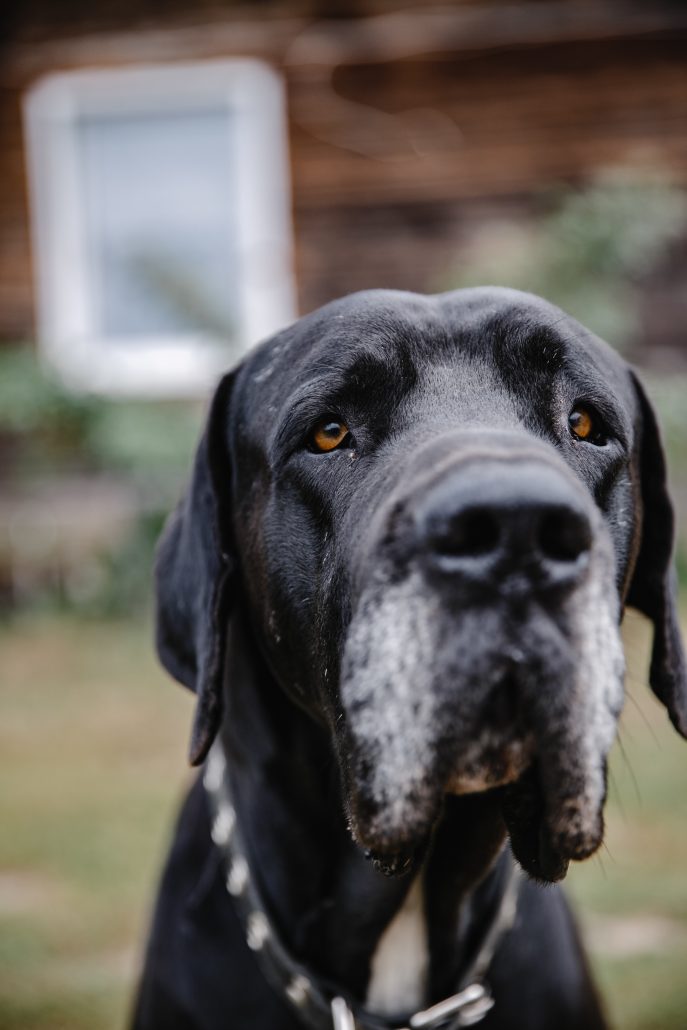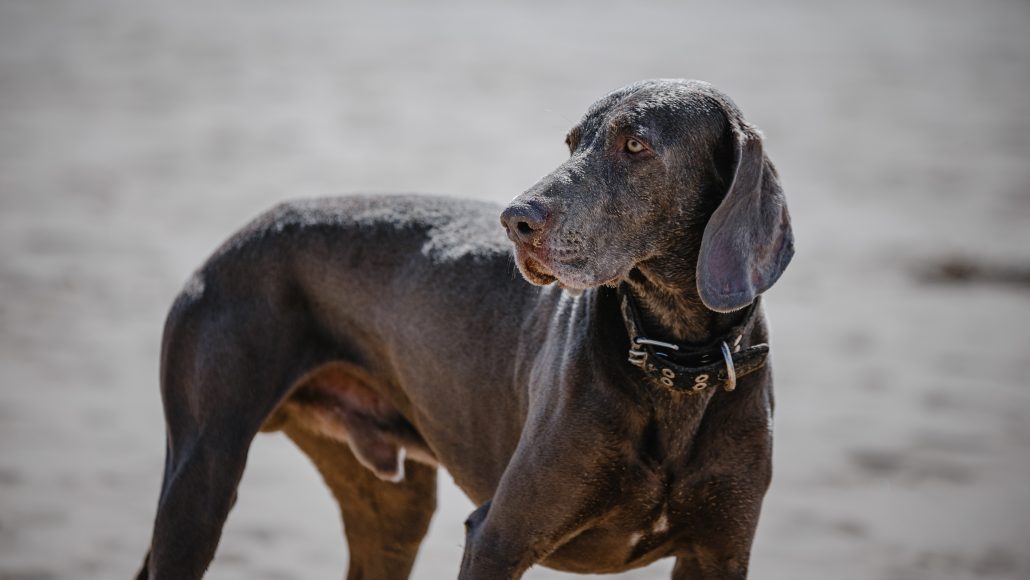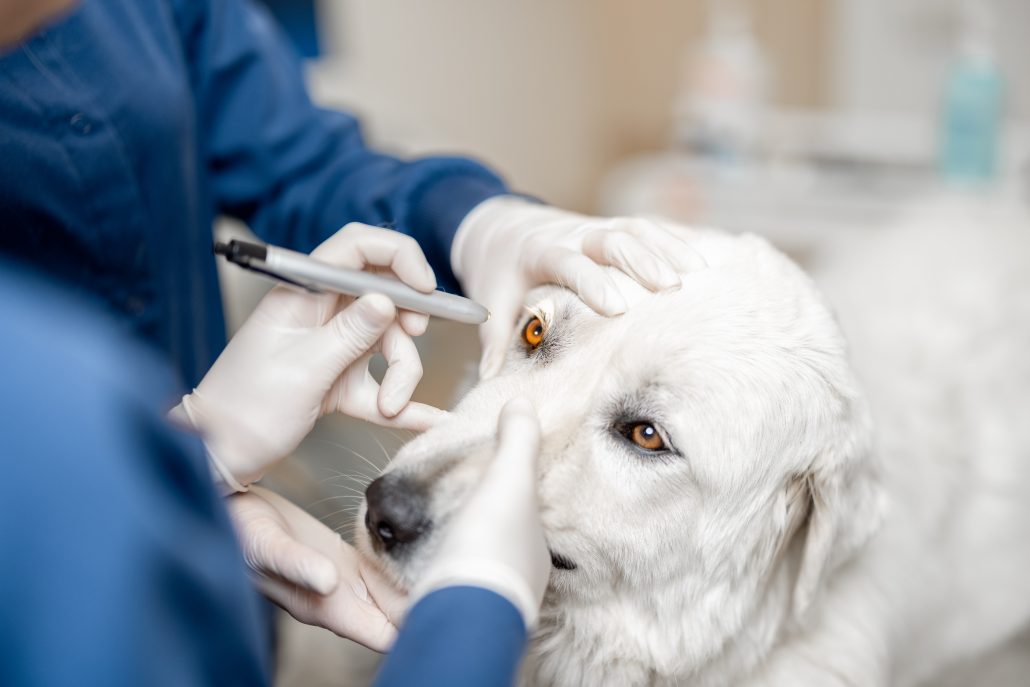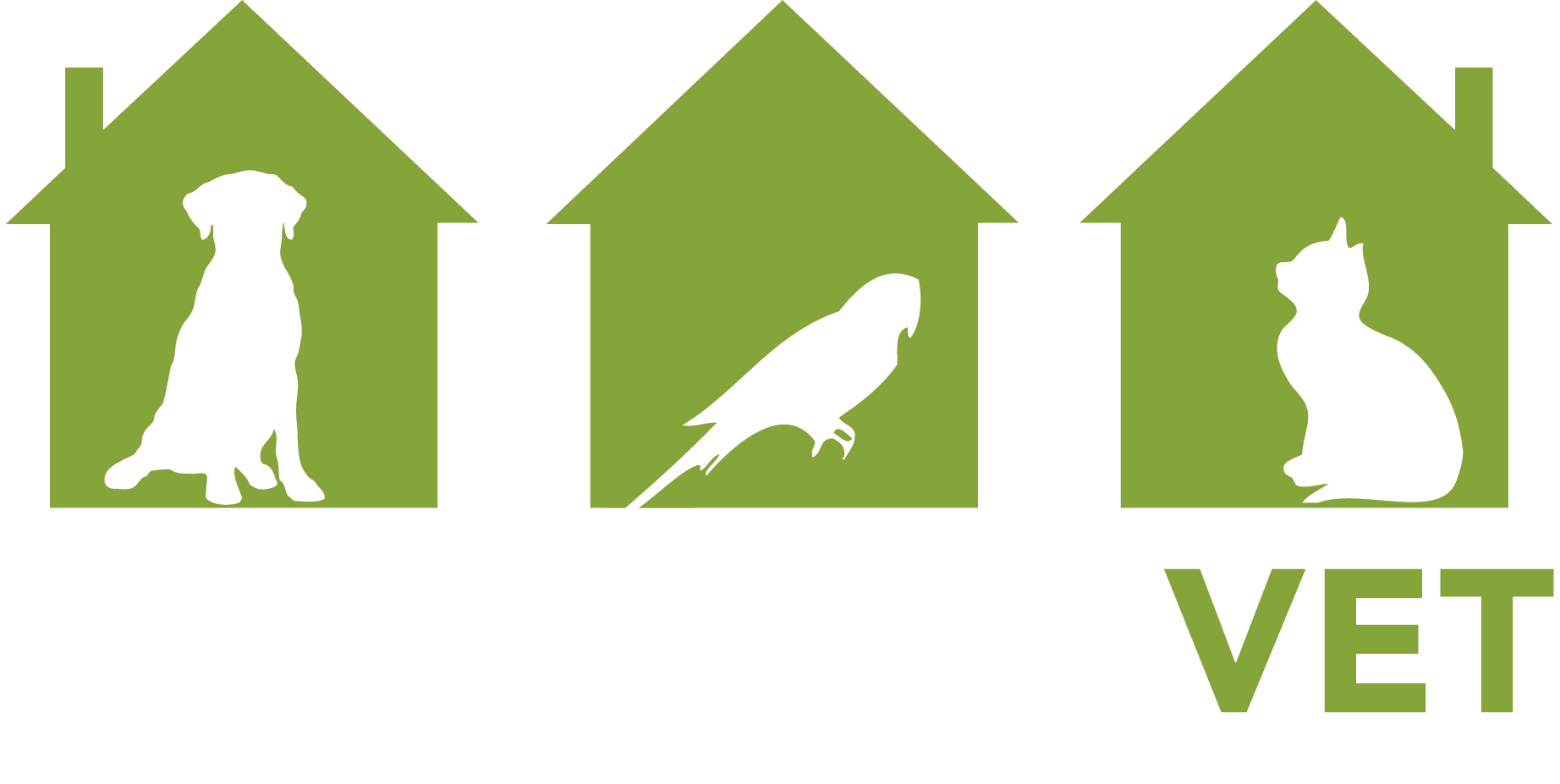
Wobbler Syndrome is a common neurological condition that affects the spine in the neck region. Although it’s rare in smaller dogs, this condition typically targets large dog breeds and even horses. The telltale sign? A characteristic “wobbling” gait caused by the compression of the spinal cord and nerves in the neck.
In this post, we’ll walk you through the essentials of Wobbler Syndrome, covering the key signs to watch for, the potential causes, how it’s diagnosed, and the treatment options available to improve your pooch’s quality of life.
What Exactly Is Wobbler Syndrome?
Wobbler Syndrome is a painful and challenging neurological condition that affects a dog’s spine in the neck, or cervical, region. Often referred to by its more technical name, cervical spondylomyelopathy (CSM), this disease can lead to significant mobility issues as well as discomfort.
While it has about 14 different names in veterinary literature, the common term you’ll hear is cervical spondylomyelopathy (CSM), which describes the way the neck vertebrae put pressure on the spinal cord.
Wobbler Syndrome primarily affects large and giant dog breeds, and there are two main forms of the disease: Disc-Associated Wobbler Syndrome (DAWS) and Bony-Associated Cervical Spondylomyelopathy (BACS).
- Disc-Associated Wobbler Syndrome (DAWS): This form occurs when an intervertebral disc in the neck herniates, leading to what’s commonly called a “slipped disc.” DAWS is usually seen in large-breed dogs older than three years. The herniated disc presses on the spinal cord, resulting in the “wobbly” gait that gives the condition its name.
- Bony-Associated Cervical Spondylomyelopathy (BACS): In this form, a bony malformation causes compression of the spinal cord, which impacts a dog’s ability to walk properly. If the nerves are involved, it can also cause severe pain. BACS is more commonly seen in giant breeds, like Great Danes.
Predisposed Dog Breeds
Different breeds can develop distinct forms of Wobbler Syndrome. For example, Dobermans often experience the disc-related form in middle to older age, while Great Danes tend to develop the bony form when they’re younger. Though small-breed dogs can occasionally get Wobbler Syndrome, it’s much more rare.
Certain breeds are particularly prone to Wobbler Syndrome, including:
- Borzoi
- Rottweilers
- Mastiffs
- Weimaraners
- Irish Wolfhounds
- German Shepherds
- Bernese Mountain Dogs
- Swiss Mountain Dogs
- Basset Hounds

What Causes Wobblers Syndrome?
Unfortunately, the exact cause of Wobbler Syndrome is still a mystery. Genetics are believed to play a role, especially since certain breeds are more prone to developing the syndrome. Another theory suggests that nutrition may contribute to Wobbler Syndrome. Rapid growth in large and giant breed puppies, possibly due to diets high in calories or certain nutrients, may put stress on the developing bones and spine, leading to issues later in life.
Signs & Symptoms Of Wobblers
Wobbler Syndrome affects a dog’s spinal cord, leading to a range of motor function and coordination issues, particularly in the legs. In both forms of Wobbler Syndrome (DAWs and BACs) the signs can develop gradually over time or appear suddenly. While the “wobbly gait” is one of the most recognizable symptoms, there are some other telltale signs that can help identify the condition.
- Wobbly gait: A dog with Wobbler Syndrome often has an unsteady, swaying walk, especially in the hind legs.
- Head position: Dogs may walk with their head down, which can be an indicator of neck pain.
- Weakness in front legs: Dogs might exhibit a short, spastic step in the front limbs, making it difficult for them to walk normally.
- Worn or scuffed toenails: Uneven walking can cause their toenails to drag on the ground, leading to noticeable wear or scuffing.
- Difficulty getting up: Dogs with advanced Wobbler Syndrome may struggle to get up from a lying position due to muscle weakness.
- Bucking or collapsing front legs: Your dog may appear to “buckle over” or stumble, particularly in the front legs.
- Muscle loss: Weakness and loss of muscle mass around the shoulders is also common, further affecting mobility.
- Increased extension of limbs: Some dogs develop a stiff, extended posture in all four limbs as the condition worsens.
- Partial or complete paralysis: In extreme cases, paralysis can set in, especially if the spinal cord is severely compressed.

Diagnosing Wobbler Syndrome In Dogs
If you suspect your dog might have Wobbler Syndrome, it’s time to take a trip to your veterinarian. Your vet will begin by gathering a complete medical history and conducting both a physical and neurological examination to determine whether your dog’s symptoms are linked to a neck or neurologic issue.
Your dog’s vet will start with the basics—taking your dog’s weight, body temperature, heart rate, and respiratory rate. They’ll also listen to your dog’s chest and examine the abdomen to check for any other signs of illness. They will assess your dog’s range of motion in all joints, paying close attention to how they walk and run, looking for abnormalities that could indicate a spinal issue.
To rule out other potential causes of your dog’s symptoms, your vet will likely recommend baseline lab tests, including blood work, urinalysis, and stool testing. These tests help eliminate conditions with similar signs, such as infections or metabolic disorders.
Based on the results of these exams and tests, your veterinarian may recommend advanced diagnostic imaging, such as X-rays, MRI, or a CT scan, to confirm the presence and extent of Wobbler Syndrome.

Treating Wobbler Syndrome
Treating Wobbler Syndrome depends on how severe the issue is and where it’s located. For many dogs, surgery is the best option to relieve pressure on the spinal cord, which can improve their quality of life. However, it’s important to know that surgery carries some risks, and while it can help with pain and mobility, it may not restore full function.
Surgical Treatment:
If surgery is recommended, it can lead to significant improvements, but it won’t fix any damage that has already occurred, and most dogs may not walk perfectly normally again. After surgery, your dog will need to rest for about 2-3 months to allow for proper healing. But, worry not – your vet will guide you on how to help your furry friend recover.
Medical Management:
If surgery isn’t suitable for your dog, there are other treatment options. This approach is often recommended if your dog has mild symptoms or if surgery poses too much risk. Treatment may include:
- Anti-inflammatory medications to reduce swelling.
- Pain relief to keep your dog comfortable.
- Activity restrictions to limit movement to prevent further issues.
Supportive Care:
To protect your dog’s neck, avoid using neck leashes and opt for a chest harness instead. If your dog struggles to walk, ensure they have soft bedding and rotate them often to prevent sores. In severe cases, you may need to help your dog with going to the bathroom to avoid accidents.
Read More: Tips & Tricks To Give Your Pet Medication

Understanding Wobbler Syndrome in Dogs
Wobbler Syndrome can be a challenging condition for both dogs and their owners, but knowing the signs, causes, and treatment options can help you take proactive steps to manage your furry friend’s health.
If you think your dog may be showing signs of Wobbler Syndrome or if you have any concerns about their health, don’t hesitate to reach out to our Brisbane veterinary team at The House Call Vet. We’re here to provide compassionate care and guide you through every step of the way. Together, we can help your beloved pet live their best life!

